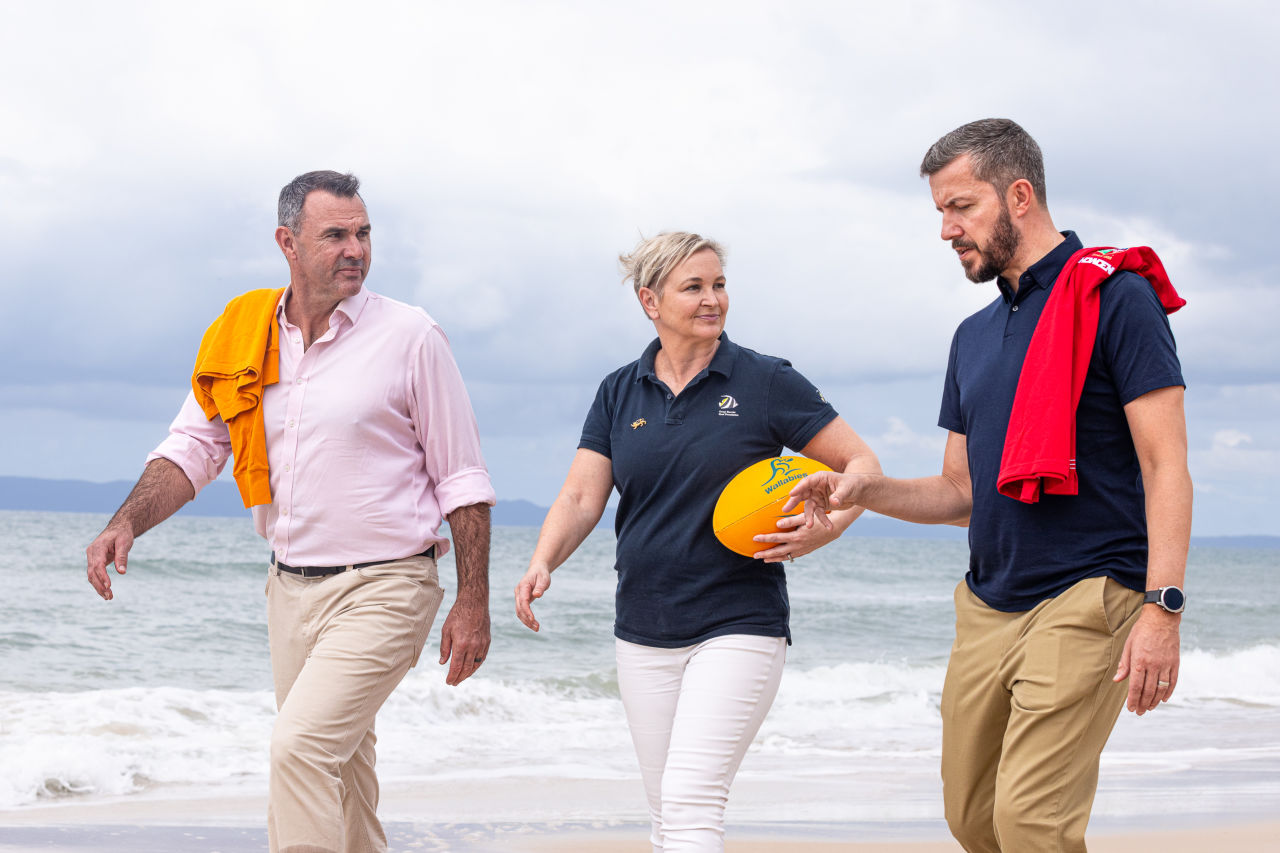Bass Coast Shire Council has released its 2021/22 Annual Report showing record amounts spent on capital works as the region recorded Victoria’s fastest rising regional population.
The Bass Coast population of more than 40,000 grew at almost 9 per cent – the fourth fastest growing municipality per capita in Australia – with forecast growth of 26 per cent by 2033.
Bass Coast Shire Mayor Cr Michael Whelan said Council was taking a considered approach to sustainable development, ensuring the appropriate services are available to our growing communities.
Cr Whelan said Bass Coast was bouncing back strongly from the pandemic thanks to the hard work of the community and continual innovation to improve ways of working, delivering service and providing infrastructure.
The Annual Report highlights include:
CAPITAL Works Program has delivered 118 projects valued at $34.9 million.
SIGNIFICANT progress towards achieving the target of net zero emissions by 2030, including securing funding for more electric vehicle charging stations, a community battery and increased solar on council buildings.
TOPPING the state for the third year in a row for recycling and diversion from landfill. Bass Coast was nearly 10 per cent higher than the next local government area in the state this year.
WONTHAGGI Opportunity Unlocked campaign links multiple projects to unlock Wonthaggi’s full potential as a Victorian regional centre. It aligns with the objectives of key State and Federal planning strategies relating to regional regeneration, urban decentralisation, population growth, investment and visitor attraction.
SIGNIFICANT progress milestones were met for the planning of the Bass Coast Dinosaurs Trail, with a $500,000 funding boost from the State Government.
BIODIVERSITYBiolinks Program aims to address the loss of vegetation and improve water quality in creeks and rivers by creating and protecting a network of biolinks across the Shire. In the 2021/22 financial year the program saw the establishment of 268,000 new indigenous plants and protected an additional 25 hectares of bushland.
LANDMARK gender equality improvements to address gendered drivers of violence against women, including removing the difference between primary and secondary carers which means that all parents, mothers, fathers and or same sex partners are now entitled to the same amount of paid parental leave.
PARTNERSHIP with the Hawthorn Football Club which will drive greater football participation for women and girls while promoting the South-East of Victoria as a regional sporting precinct.
“Our region’s popularity provides us with opportunities and challenges,” Cr Whelan said.
The Capital Works Program included significant, intergenerational projects, such as construction of the Cowes Cultural and Community Centre, works to renew and upgrade a number of marine assets, construction of the Cowes East Foreshore rock revetment wall and beach access and delivery of multiple recreational projects and significant lighting improvements in Cowes, Inverloch and Dalyston.
“As well as the significant capital works program, we are advocating for State and Federal support for multiple projects to meet the demands, including aquatic facilities, tracks and trails, education, health and better connectivity.”
Sustainability continues to be a focus of the Council.
“Our approach to bin size, colour and collection schedule has encouraged behaviours to achieve this much needed outcome for our community and our environment. All these initiatives are driving change and making a difference,” said Cr Whelan.
Cr Whelan said the region’s success in bouncing back could only be achieved with the support of the entire community.
“I would like to thank our government partners, business and community members for their efforts. I look forward to continuing our work to help Bass Coast regain its vibrancy and vigour and share and celebrate its beauty and diversity as we continue to recover further, post-pandemic,” Cr Whelan said.
The Annual Report can be viewed at basscoast.vic.gov.au/annualreport





